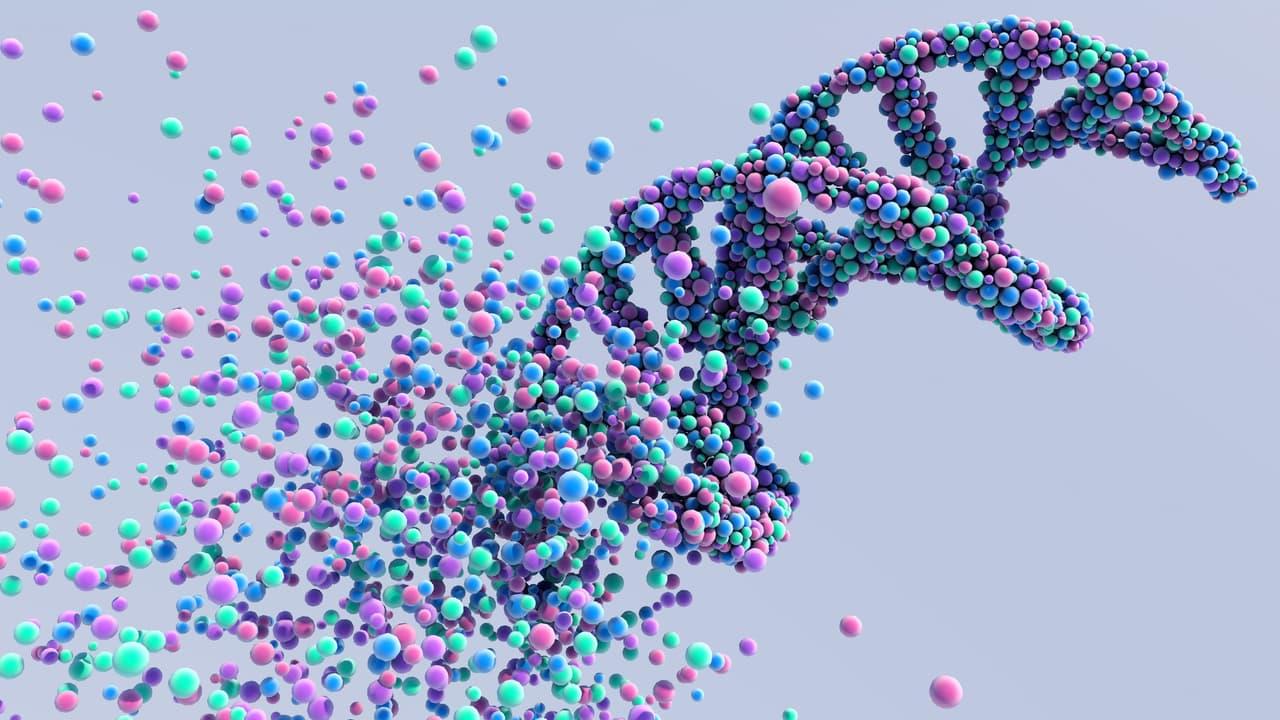
Scientists Capture Real-Time DNA Repair With Breakthrough Live-Cell Sensor
Scientists at Utrecht University have developed a unique fluorescent sensor that lets us watch DNA damage and repair happen live inside living cells and organisms. Instead of relying on still snapshots taken at different time points, researchers can now follow the full sequence-damage appearing, repair proteins rushing in, and DNA returning to normal.
Why This Discovery Matters
DNA takes constant hits from sunlight, chemicals, and everyday biological processes. Most of the time, cells fix that damage instantly. But when repairs fail, diseases like cancer or premature aging can begin. Until now, scientists struggled to see these repair events unfold in real time because tools required killing and preserving cells. This new sensor changes everything.
A Sensor That Behaves Like the Cell Itself
The innovation is built from a natural protein fragment that briefly attaches to damaged DNA. Because it binds softly and reversibly, it highlights damage without disrupting the cell's own repair machinery. Researchers describe it as“looking inside a cell without disturbing it.”
Turning DNA Repair Into a Live Movie
With the new system, scientists can record the entire repair process as a continuous movie-revealing how quickly cells respond, how long repair takes, and what proteins show up first. This produces richer, more realistic insights than traditional methods.
Works Beyond the Lab Dish
The tool also performed remarkably well inside the model organism C. elegans (a tiny worm). It even captured natural DNA breaks that occur during development, proving it can operate in full living organisms-not just isolated cells.
Opening Doors for Cancer Research and Drug Testing
While the sensor isn't a treatment, it can dramatically improve research on cancer drugs, many of which work by causing controlled DNA damage. Scientists can now measure that damage more precisely, cheaply, and in real time. The tool could also help study aging, environmental radiation exposure, and genetic disorders.
Freely Available to Researchers Worldwide
Interest is already surging, with labs requesting access before publication. To accelerate discovery, the Utrecht team has released the sensor openly so scientists everywhere can use it immediately. The findings are published in Nature Communications.
Legal Disclaimer:
MENAFN provides the
information “as is” without warranty of any kind. We do not accept
any responsibility or liability for the accuracy, content, images,
videos, licenses, completeness, legality, or reliability of the information
contained in this article. If you have any complaints or copyright
issues related to this article, kindly contact the provider above.


















Comments
No comment